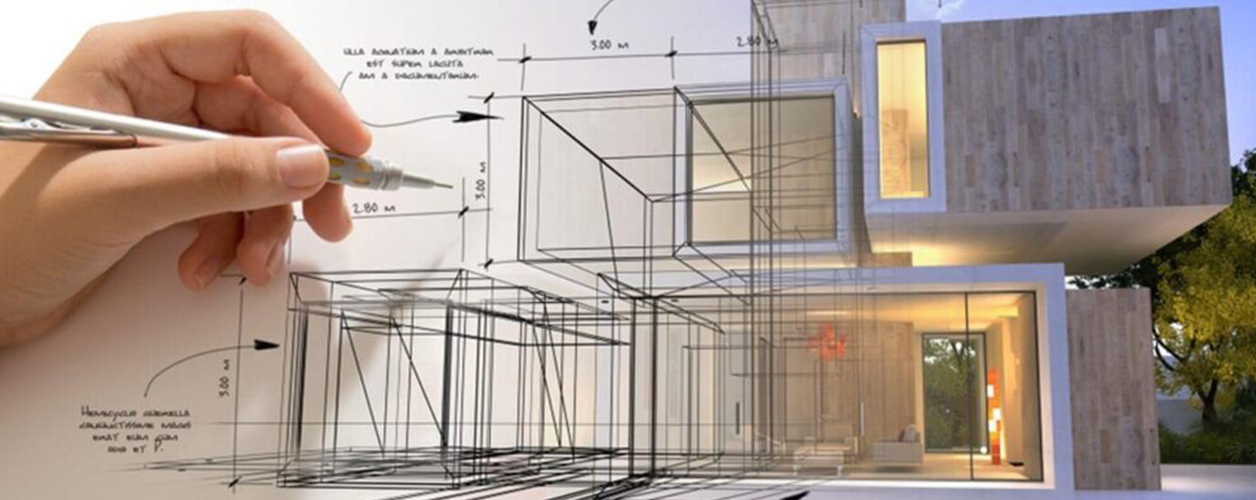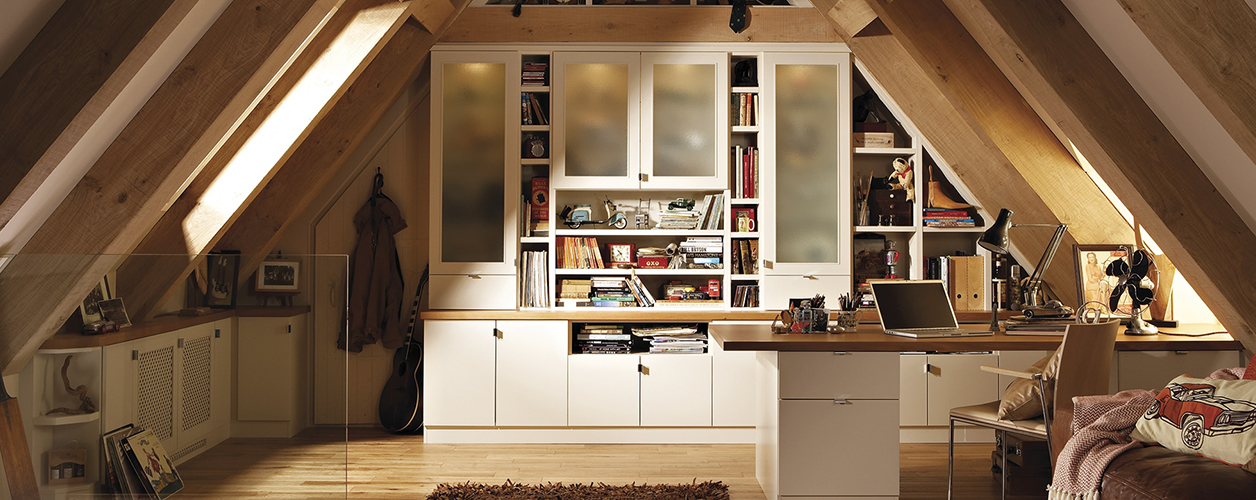Ever wondered why a well-designed space instantly uplifts your mood? Let's explore the realm of Interior Architects, the professionals who bring the magic to life by seamlessly blending aesthetics with functionality. Interior architects are the visionaries behind the captivating and functional interiors we encounter daily. Let's delve into the world of these creative professionals who seamlessly blend art and science to shape the spaces we inhabit.
What is an Interior Architect?
Interior architects are designers who specialize in planning and crafting the interior spaces of buildings. They go beyond selecting furniture, considering functionality, aesthetics, and the overall design of a space. They collaborate with clients, ensuring the creation of spaces that not only look appealing but also meet the needs of occupants.
What Does an Interior Architect Do?
- Client Consultation: Interior architects engage with clients to understand their desires, goals, and preferences for the interior space. Collaboration with other professionals, such as architects and engineers, ensures a cohesive architectural interior design.
- Space Planning: Crafting layouts that consider traffic patterns, accessibility, and functionality is a key responsibility. The goal is to create efficient and usable spaces.
- Design and Material Selection: Selecting materials, finishes, and furnishings within the client's budget is crucial. Durability, aesthetics, and sustainability are factors weighed during this process.
- Technical Documentation: Creating detailed drawings and specifications aids in communicating the design to other project stakeholders accurately.
- Project Management: Interior architects oversee projects from conception to completion, managing contractors to ensure projects stay on time and within budget.
- Construction Rules and Regulations: Deep knowledge of building codes and regulations is essential to guarantee the design adheres to safety and accessibility requirements.
Different Types of Interior Architects:
- Residential Interior Architect: Specializes in designing interior spaces for homes, collaborating closely with clients to create functional and beautiful living spaces.
- Commercial Interior Architect: Focuses on designing interior spaces for businesses, considering branding, functionality, and customer experience.
- Healthcare Interior Architect: Specializes in designing interior spaces for healthcare facilities, ensuring the creation of safe, comfortable, and efficient spaces.
- Hospitality Interior Architect: Creates memorable experiences by designing interior spaces for hotels, resorts, and other hospitality properties.
- Sustainable Interior Architect: Focuses on environmentally friendly and sustainable design, considering eco-friendly materials and energy-efficient features.
The Workplace of an Interior Architect:
- Variety in Workplaces:Interior architects may work in architectural firms, design and consulting firms, or independently as consultants. The workplace can vary based on the type of project and specialization.
- Computer-Centric Work:Much of an interior architect's work involves using software to create technical drawings and 3D models of designs.
- Client Collaboration:Meeting with clients, visiting job sites, and collaborating with various professionals are integral parts of the job.
- On-Site Presence:In certain instances, interior architects actively engage on-site throughout the construction phase, overseeing the precise implementation of the envisioned design.
Interior Architects vs. Interior Designers
- Roles and Responsibilities:Interior designers do more than just pick decor items; they design spaces, considering layout, materials, and functionality. They share a level of understanding of building construction, akin to architects. However, architects possess both technical and design capabilities, often engaging in structural renovations and collaborating with builders and technicians.
- Qualifications:Interior designers and interior architects pursue different courses, each honing a unique set of skills. The qualifications required for these professions differ, preventing an interior designer from practising as an interior architect without the proper certification.
- Licensing Distinctions:Both professions require licensing, but the licenses themselves differ significantly. While all architects must hold a license to practice architecture, the same isn't always mandatory for interior designers.
- Focus on Aesthetics vs. Structure:Interior designers focus on creating aesthetically pleasing designs within existing structures, emphasizing cohesion. Interior architects, conversely, prioritize the structure and architecture of the interior space, delving into technical aspects.
When Do You Need an Interior Architect?
- Surface-Level Changes:If your project involves redecoration and surface-level changes, an interior decorator might suffice.
- Layout Transformation:For altering the layout to enhance functionality, an interior designer's expertise is essential.
- Structural Overhaul:When contemplating structural and architectural changes to your home's interior, an interior architect becomes a necessity.
Why Choose an Interior Architect?
- Meeting Specific Needs:Interior architects ensure the interior aligns with user needs. They excel in projects involving extensions, loft or basement conversions, and maximizing space potential.
- Expertise in Renovations:With technical proficiency, interior architects seamlessly handle renovations, collaborating with builders and technicians for a comprehensive approach.
- Structural Enhancements:For projects requiring wall removal, additional bedrooms, or significant layout changes, the specialized skills of an interior architect are indispensable.
Conclusion
Understanding the distinctions between interior architects and interior designers empowers homeowners to make informed choices. When envisioning a home project, whether it's a simple makeover or a structural overhaul, the right professional ensures your space not only looks captivating but also serves its purpose seamlessly. Choose wisely, considering the scope of your project, and let the transformation begin.







